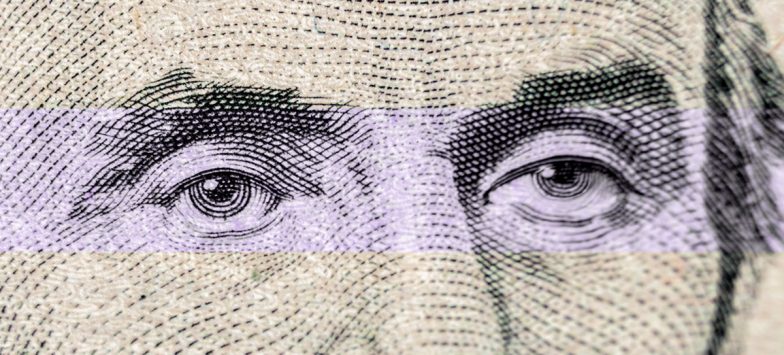
Commander-in-Sight: A Look at Presidential Eye Problems
Despite their exalted position, even presidents are only human and therefore subject to common maladies that can affect us all. This includes problems with their eyes.
Presidents Teddy Roosevelt, Woodrow Wilson, Harry Truman, and John F. Kennedy all wore glasses, while Richard Nixon opted for contact lenses. President James Buchanan had a noticeable eye twitch, William Howard Taft had pink eye, and the list goes on. As we celebrate President’s Day (aka Washington’s Birthday) this month, let’s take a closer look at three presidents who had trouble seeing things clearly.
Abraham “Honest Abe” Lincoln (1809-1865) had strabismus, which is when your eyes are not lined up properly and they point in different directions. Lincoln’s left eye tended to roll upward, especially when he was tired or excited. You can notice this in some photos or portraits of the 16th president.
When he was 10 years old Lincoln was kicked in the head by a horse, and this may have caused nerve damage that led to a mild paralysis of his eyelid. Lincoln was also reported to have suffered from from double vision (diplopia) at times.
Theodore Roosevelt (1858-1919), America’s 25th president, was a Rough Rider and adventurer. In one of his many boxing matches while president, Roosevelt received a punch to the head that some sources say left him partially blind in his left eye. If so, Roosevelt’s loss of sight would probably have been due to a detached retina (undiagnosed).
Athletes who play impact sports today can take a lesson from TR and make sure to use protective eyewear and seek immediate medical care for any eye or head injury. (see https://atlanticeye.com/2023/09/10-sporting-heros-who-goggle-can-you-name-their-sport/)
Woodrow Wilson (1856-1924) must have been shocked to awaken one morning in 1906 to find himself nearly blind in his right eye. He’d suffered a hemorrhage (severe bleeding) in his retina, the sensitive area at the back of the eye that relays images to the brain.
Wilson had high blood pressure, a risk factor for central retinal vein occlusion, a blockage in the main retinal vein, and this probably caused the bleed and damage, say ophthalmologist historians. No real treatment was available in those days, but Wilson’s vision improved enough to allow him to play golf – and have an excuse for a bad score!
One thing’s for sure – if these presidents had had access to the kind of state-of-the-art eye care and treatment we have today at Atlantic Eye, they would have had fewer obstacles in office and in life!
